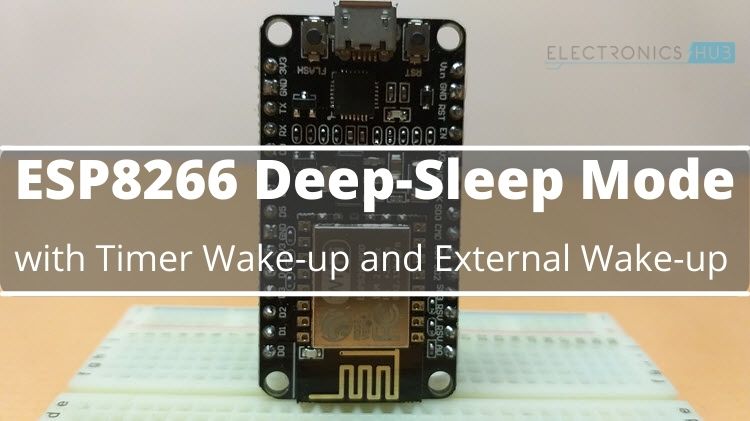MacIntoshCZ
Active Member
I need to sense water level. When it reach desired level i need to wirrelesly send that container is full. I have two ESP8266. Main ESP is powered from mains, second (on the conteiner) from battery. I am just curious which comunication mode i should use for this. It should be battery life friendly solution =). I am coding this under platformio with ESP8266 non-os SDK framework.
I am not going to use arduino. I would like to learn whats going on...
Thanks for reply
I am not going to use arduino. I would like to learn whats going on...
Thanks for reply
Last edited:


